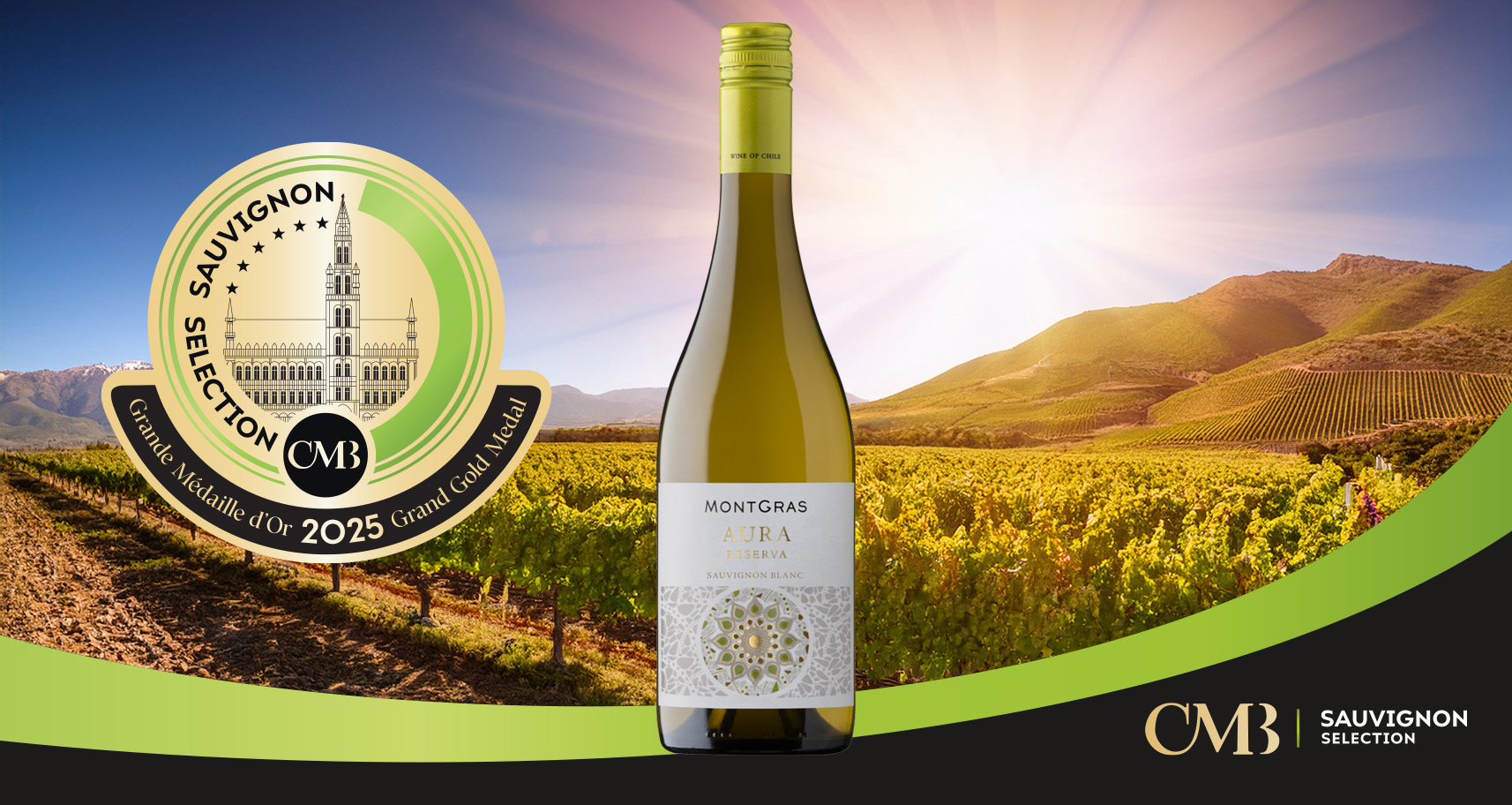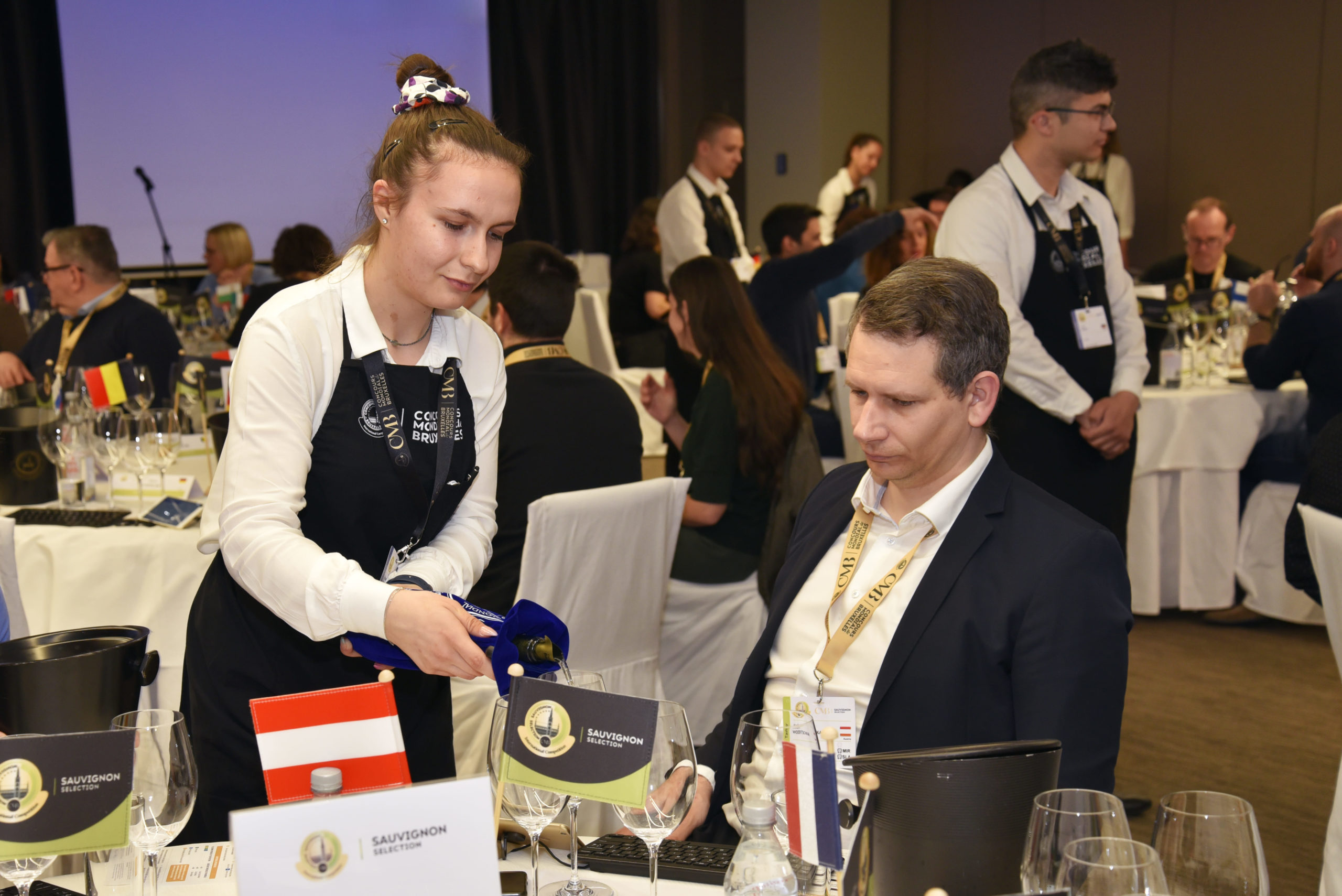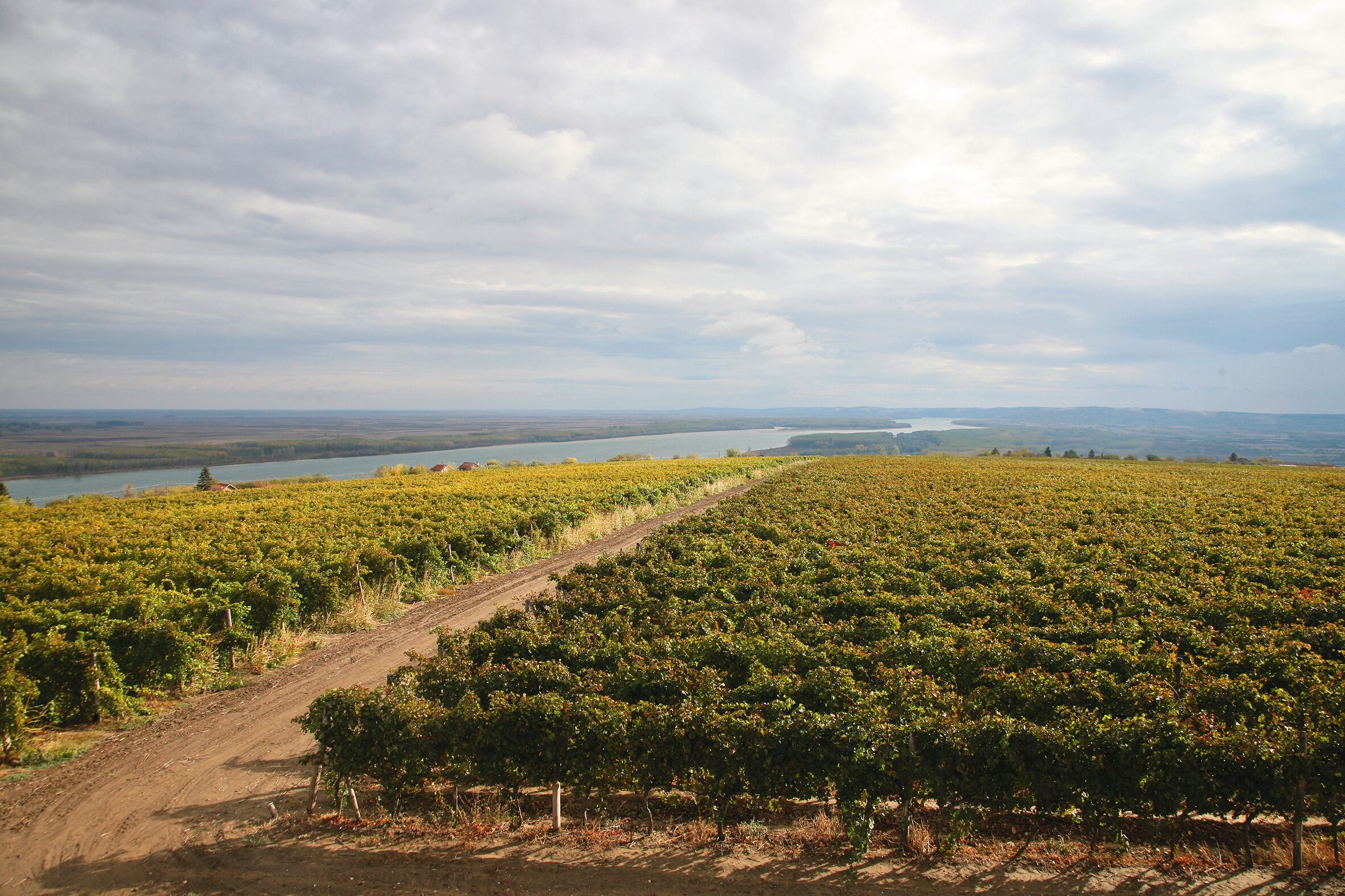The advantages of maturing Sauvignon in wood
Aroma is a very significant quality factor for food but for wine, it is probably the character that has the greatest influence on quality. Professor Roberto Zironi explains how wood maturation can be used to preserve aromas in Sauvignon.
Many chemical compounds are responsible for aroma in wine. During winemaking and ageing, a number of reactions and interactions occur that will have an influence on the perception of bouquet.
One of the major issues in winemaking is the need to prevent premature oxidation. With the exception of a few distinctive styles, this is considered to be the main factor in loss of quality.
Oxidation causes an extremely rapid loss of a wine’s fresh, fruity aromas and the emergence of other characteristic smells such as honey, barnyard, wood, caramel, fruit that has gone over and overripe apple which go hand in hand with changes in colour and taste.
These unpleasant descriptors are undesirable in wine and during the winemaking process, winemakers are constantly striving to prevent the conditions in which they form from arising.
Varying sensitivity to oxidation
Young wines contain a high concentration of compounds that react with oxygen and can trigger a chain reaction of oxidant chemicals that alter both structure and concentration.
The characteristic aroma in Sauvignon can be primarily ascribed to the two following categories of compounds: methoxypyrazine (IBMP) that is responsible for the aromatic descriptors ‘green pepper’, ‘asparagus’, ‘green’ and ‘herbaceous’, and varietal thiols (3MMP, 3MH and 3MHA) that produce the aromatic descriptors ‘grape’, ‘passion fruit’, ‘boxwood’ and ‘redcurrant’.
Sensitivity to oxidation varies a lot between these two categories.
A wine’s methoxypyrazine concentration depends on time of harvest as well as on winemaking practices which will determine how the solution is treated in the wine. Once it has been extracted, its concentration remains stable over time and does not alter with winemaking practices used through to bottling nor due to oxidative stress that a wine incurs before or after bottling.
Conversely, varietal thiol concentration undergoes variations related to the concentration of precursors in the grape, pressing and fermentation techniques, a wine’s composition and the amount of oxygen it encounters during storage before and after bottling.
During storage, varietal thiols are broken down into non volatile compounds or compounds that have a higher detection threshold. Consequently, because of their low concentration in wine, they become odourless.
The ensuing reactions are well-known and are related to the following mechanisms: in the presence of oxygen and metal catalysts, varietal thiols are transformed into their matching disulphides. Thiols can also react with the polyphenols in wine, especially if the polyphenols are subject to oxidant phenomena and come in the form of quinones. The resultant additive compounds are not volatile and consequently, the wine’s aromatic intensity decreases.
To preserve Sauvignon’s aromatic complexity over time, oxidant phenomena therefore have to be constantly kept under control, both by preventing direct contact between wine and oxygen and using suitable protection measures via exogenous antioxidants such as sulphur dioxide and ascorbic acid.
This type of protection, however, does not prevent small amounts of quinones from forming so that the stability of Sauvignon aroma, although increased, is not guaranteed over a long period of time.
To further lengthen Sauvignon’s shelf life, it is necessary to intervene directly on the phenolic compound.
Ways of protecting Sauvignon’s aromatic potential
Technological intervention can occur during the pressing phase by oxidising unstable phenols through the addition of oxygen in quantities higher than their solubility in the must (hyper oxygenation). During this phase, thiols are stable because they are not free but protected in the form of precursors. According to recent research, this technique also promotes the production of a higher amount of the thiol precursors 3MH and 3MHA.
A second phase, similar to what happens during colour stabilisation in red wines, occurs by using the catalytic action of wood phenols and micro oxygenation to strengthen the bond between unstable phenols (catechols) and polymer polyphenols via a bridge with aldehydes (acetaldehyde). In practical terms, fermentation and the initial storage phase are conducted in wooden barrels.
Unlike what happens typically during red wine stabilisation, a third participant is needed to manage the technique effectively: glutathione. This natural antioxidant, which is present in the grapes themselves, is produced by yeast during fermentation and post-fermentation lysis and is a significant factor in the natural protection of volatile, unstable compounds in Sauvignon, along with other unknown antioxidants which also occur in the yeast.
The choice of wooden barrel is also instrumental in ensuring the success of the procedure. For stabilising Sauvignon, large-format barrels ranging from 500 to 5,000 litres that have already been used for maturing other white wines and have the kind of toast that does not change the organoleptic profile of the wine, are the preferred choice.
Low levels of sulphur dioxide in the wine are pivotal to the success of the procedure in order to stimulate the production of acetaldehyde and its condensation with polyphenolic substances. Regular stirring of the lees to put them back into suspension guarantees constant micro oxygenation of the wine through the antioxidant capacity of the yeast lysis which protects varietal thiols during oxidative stabilisation of the phenols.
Application of these high-tech winemaking procedures guarantees a significant increase in the shelf life of the wines and when used with ad hoc procedures for production and storage, ensures Sauvignon aromas evolve in such a way that they can appeal to consumers.
Ultimately, by using these techniques, a good young Sauvignon can become a top Sauvignon that remains stable over time.


